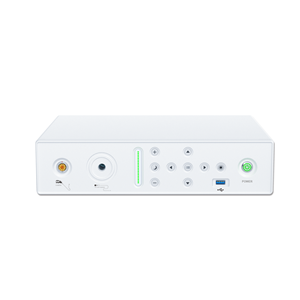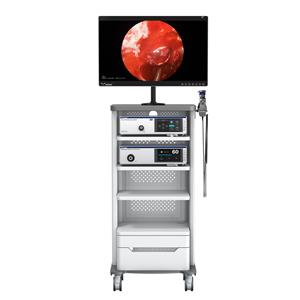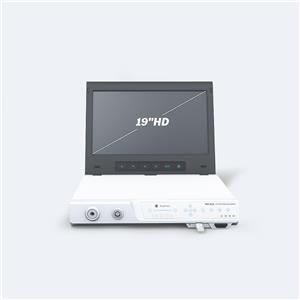Indications for neuroendoscopy
Neuroendoscopy is a tool for observation and manipulation in endoscopic neurosurgery. A surgical approach to the treatment of intracranial diseases can be achieved through some natural lacunar channels in humans.
Indications for neuroendoscopy:
1. Hydrocephalus: Obstructive hydrocephalus, complex hydrocephalus, etc. In infants and children with hydrocephalus, if a shunt is performed, there will be many postoperative complications. As the child grows up, another operation to replace the shunt is required. Neuroendoscopic surgery is used, which is less traumatic, has good curative effect, and does not require placement and replacement of shunt tubes.
2. Intraventricular cyst, cerebral cysticercosis, brain abscess, and ventriculitis can all be treated by neuroendoscopic surgery.
3. Intracranial arachnoid cyst: Sylvian fissure arachnoid cyst, cisterna magna cyst, suprasellar cyst, etc. Among them, suprasellar cyst is often misdiagnosed as hydrocephalus, and shunt surgery is performed. Endoscopic surgery is used to open the cyst wall under the endoscope to completely relieve hydrocephalus.
4. Pituitary tumors: Most pituitary tumors can be resected by endoscopic transnasal approach, and the intraoperative operations are all performed under endoscopic monitoring, which is safer than microsurgery, with high tumor resection rate, less trauma, and less trauma. The nasal cavity needs to be stuffed, and the patient is less painful after surgery.
5. Clivus chordoma, Lacker's cyst, cerebrospinal fluid rhinorrhea, optic nerve injury, etc. can all be treated by endoscopic surgery through the nasal cavity, and there is no external incision.
6. Brain tumor: Some intracranial gliomas can be removed by endoscopic surgery, and cholesteatoma is more conducive to complete removal under the endoscope. Some cystic tumors, such as hemangioblastomas, colloid cysts, and craniopharyngiomas can also be removed endoscopically.
7. Chronic subdural hematoma, intraventricular hemorrhage and cerebral hemorrhage: Compared with traditional surgery, the surgical trauma is small and the postoperative complications are less.
8. Trigeminal neuralgia, hemifacial spasm, intractable vertigo and glossopharyngeal neuralgia can all be treated with endoscopic neurovascular decompression.
9, Chiari malformation: the cerebellar tonsillar hernia deformity. For some patients with hydrocephalus, a third ventriculostomy can be performed; for other patients, endoscopic foramen magnum decompression can be performed with minimal trauma and rapid postoperative recovery.
- NEWS
- BLOG
- Industry News
- Company News




